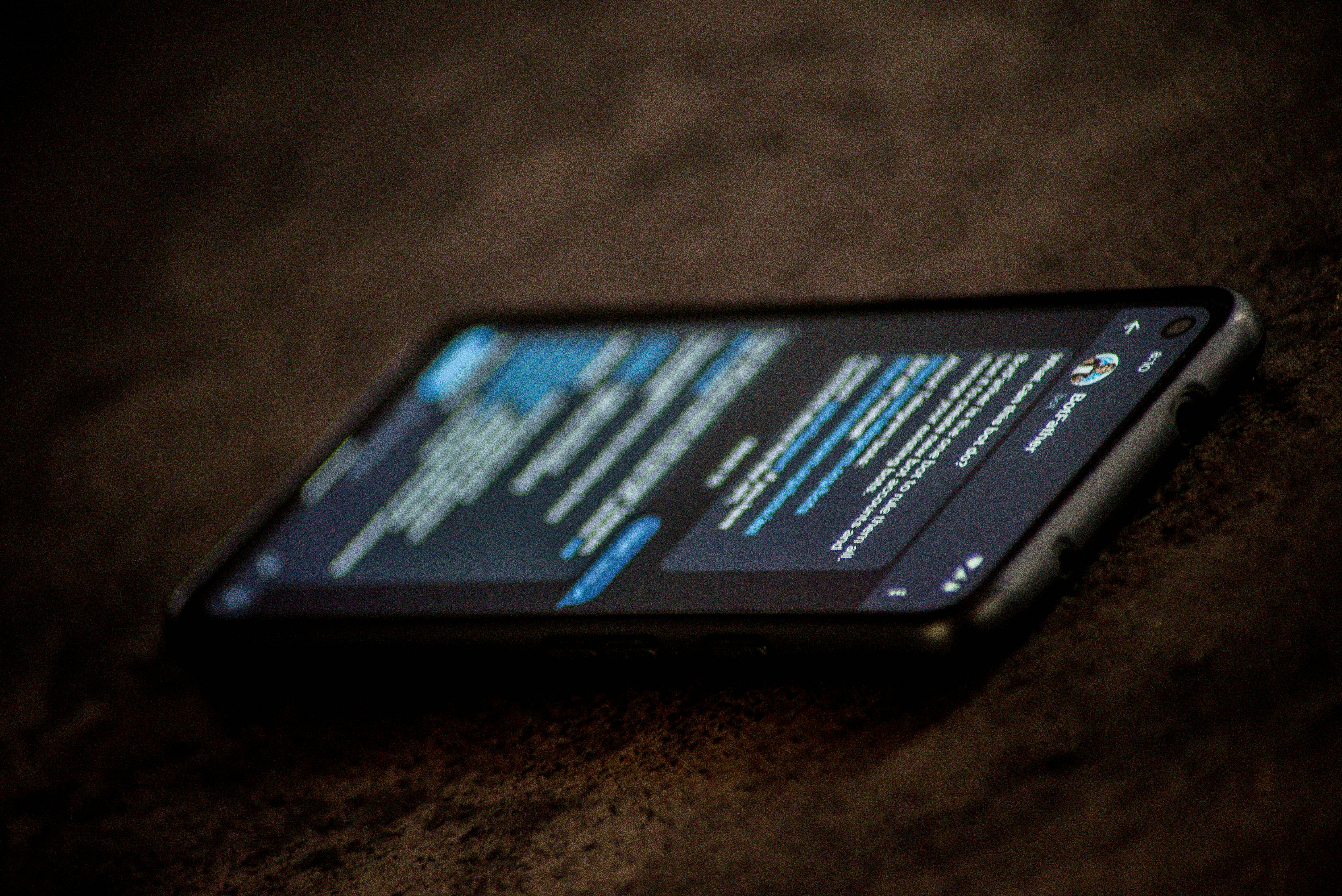The necessity of the mobile application
This first piece of advice may surprise you: do you really need a mobile app?
To properly assess the necessity of the app, you need to start by asking yourself some questions that may seem simple but are actually structural:
Recurrence: will users regularly use the app?
User engagement: can the services offered in the app be enhanced/boosted by Push notifications and proximity on the smartphone?
Presence in stores: is it important for my brand to be present on Google Play and the Apple App Store? (awareness)
Offline mode: can the services provided by the mobile application work in offline mode (loss of network, utility for employees/technicians, etc.)?
If at least one of these answers is “yes,” then you need a mobile application!
Adopt the right technology
Once the backlog (the famous to-do list of features sorted in order of priority) has been established, one must consider which mobile technology to adopt. Relatively simple and lightweight applications can be written in Crossplatform (Flutter, React Native).
Apps requiring enhanced security, extensions (watch, widget, etc.), will quickly shift our choice toward native technologies. Today, standards are being set in Swift/SwiftUI on iOS and Kotlin/Jetpack Compose on Android. One point to pay attention to: Crossplatform (X-Platform) apps do not cost half as much as native apps, even though a single source code is needed to generate both platforms, the native option tends to represent an additional 40% in costs. This is mainly due to the fact that native platforms are more productive (tools, debugging, graphical components) and require less maintenance. The phase of interactive mockups and user testing of your app is finally an essential step.
It avoids committing to rework on the app once development has started. Tools like Figma allow for simulation interactions that closely resemble a real app and enable the exploration of all user journeys directly on smartphones and at scale.
Be inclusive and responsible
Accessibility is the key to success: the principles of accessible UX should be the foundation of your app's design. 15% of the global population has some form of disability, and many people find themselves in situational disability situations (bicycle, car, walking, glare, hands full, etc.); it is therefore important, even if it doesn’t seem necessary at first, to consider temporary and artificial disabilities.
The very first iPhone changed the lives of millions of people, and the Android and iOS platforms today are capable of facilitating interactions for all forms of disabilities, but it is essential to adhere to design and programming principles such as: Typography, Contrast, Information hierarchy, Writing (accessible and appropriate texts), Use of alternatives to images. Ignoring these principles is to exclude a part of one's users from the very launch.
Keep your app alive
On stores and outside of them, it is important to respect certain rules, as one can do on a website.
Understanding the secrets of app store optimization, mastering the algorithms of Search-ads. There are many subtleties from one platform to another, from Android to iOS. Inside the app, the trend is towards gamification: keeping users active, rewarding them, retaining them through mini-games of chance and lottery draws on special occasions like anniversaries (of the brand, the user, or their arrival within the brand, etc.). The goal is not to reward those who consume the most but those who consume the best; that's the trend!



